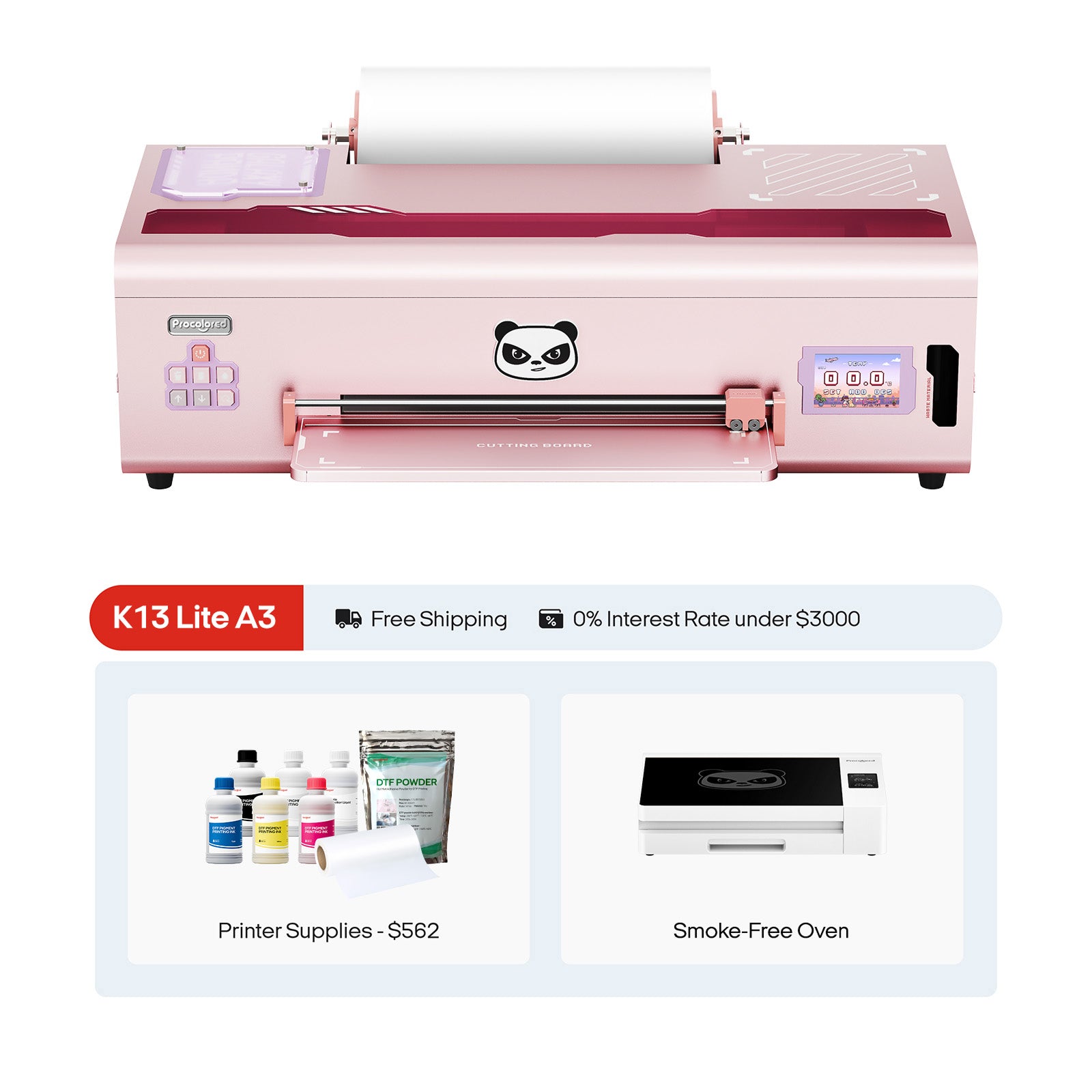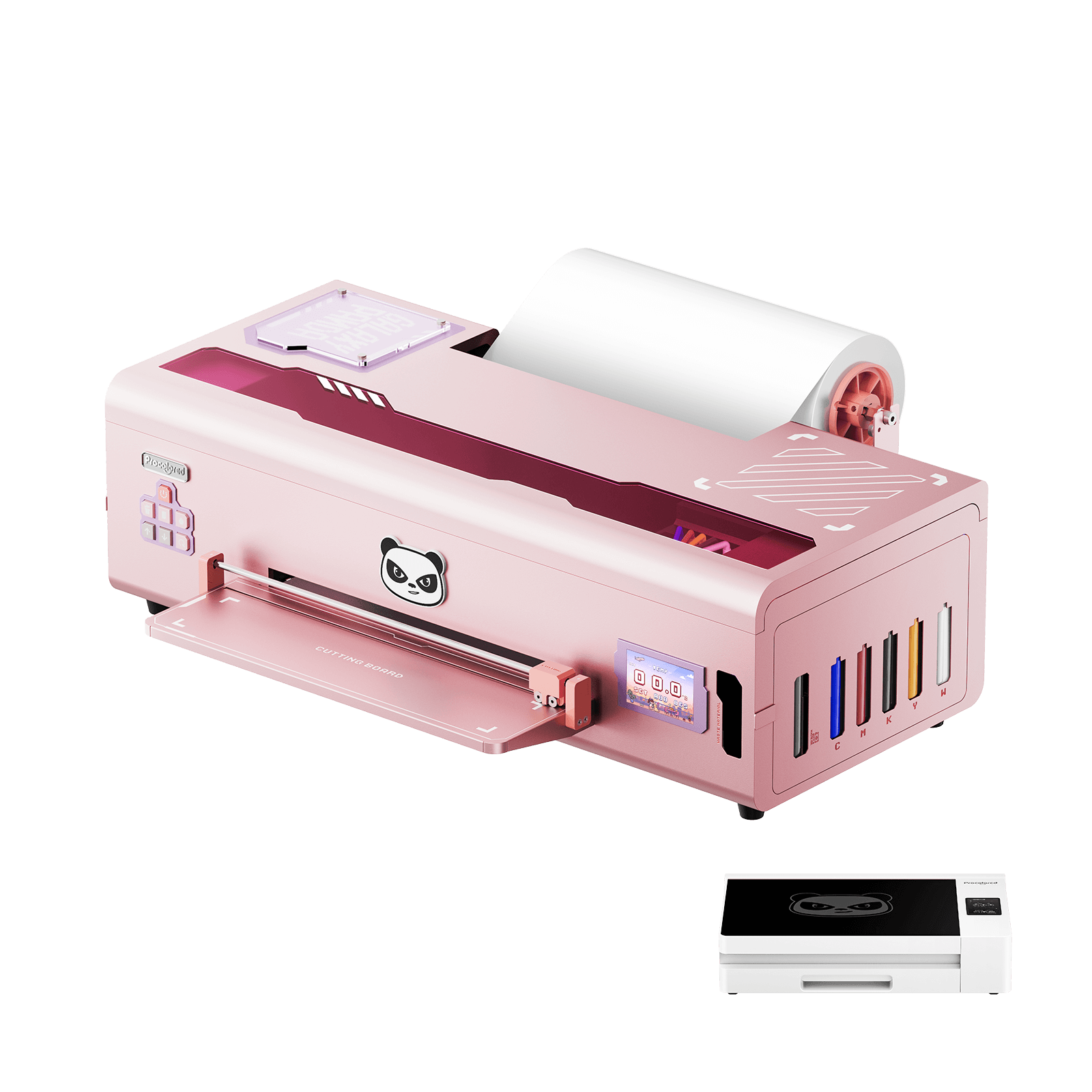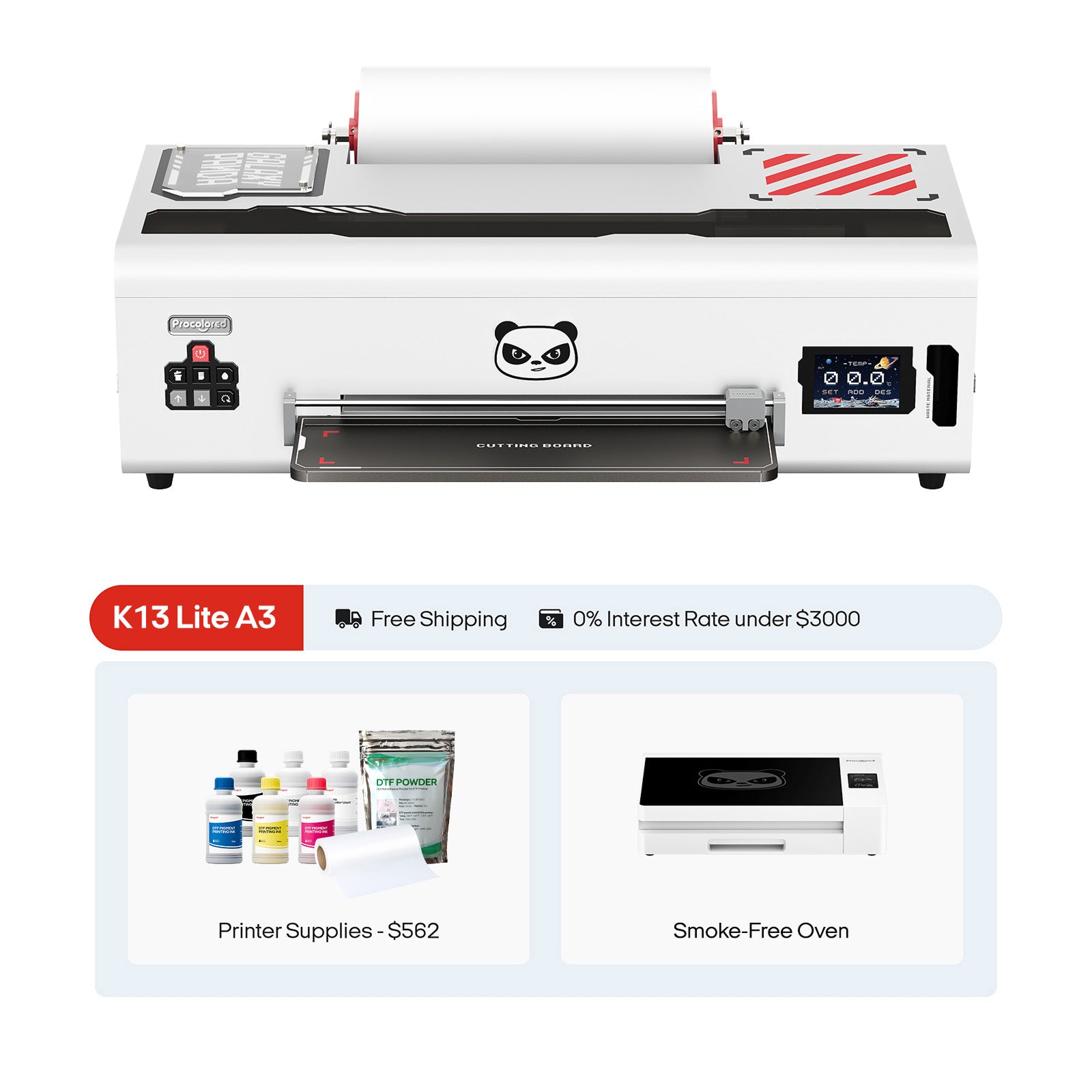Once you’ve got the basics of UV DTF cup wraps down, that’s when the real magic happens. Honestly, it’s all those little details that bump your work from “good” to “Flawless”. If you’re tired of screwing up and wasting film (or just want to flex on your crafty friends), here’s what you need to keep in mind:
● Always Use A White Underbase On Dark Cups.
A white underlayer makes your design pop and keeps everything bright and bold.. Skip the white and your colors are gonna fade into oblivion and you’ll wonder why your masterpiece looks like a ghost.
● Use A Gloss Layer To Mimic Epoxy Or Resin.
With the optional gloss layer, you can achieve that shiny, glass-like finish. Forget messing with sticky epoxy or resin that gets everywhere and use a gloss layer that just pops on, and suddenly your cup looks like it belongs on one of those fancy Instagram reels.
● Pre-Test Wrap Sizing On Plain Paper.
Sizing? Don’t just guess it, seriously. Print a test run on regular paper. It’s way less heartbreaking to waste your precious film because you were off by, like, half a millimeter.
● Store Films In A Cool, Dry Place.
Don’t just store your films anywhere. Humidity and heat will mess up your adhesive faster than you can think. Keep that stuff cool and dry. Your future self will thank you when your cup wraps go on smooth and bubble-free, instead of looking like a toddler’s art project.
● Use jigs for bulk orders.
If you’re staring down a mountain of 20 or 30 cups, don’t even try to eyeball it—grab a jig or make a template. Total life-saver. Gets everything lined up, keeps your workflow steady, and saves your brain from melting.
Little tweaks like this, they don’t seem flashy, but they make a huge difference. You’ll stop wasting cash, screw up way less, and your stuff ends up looking all fancy. Customers will totally notice.





